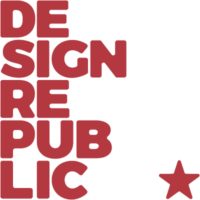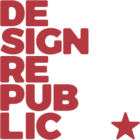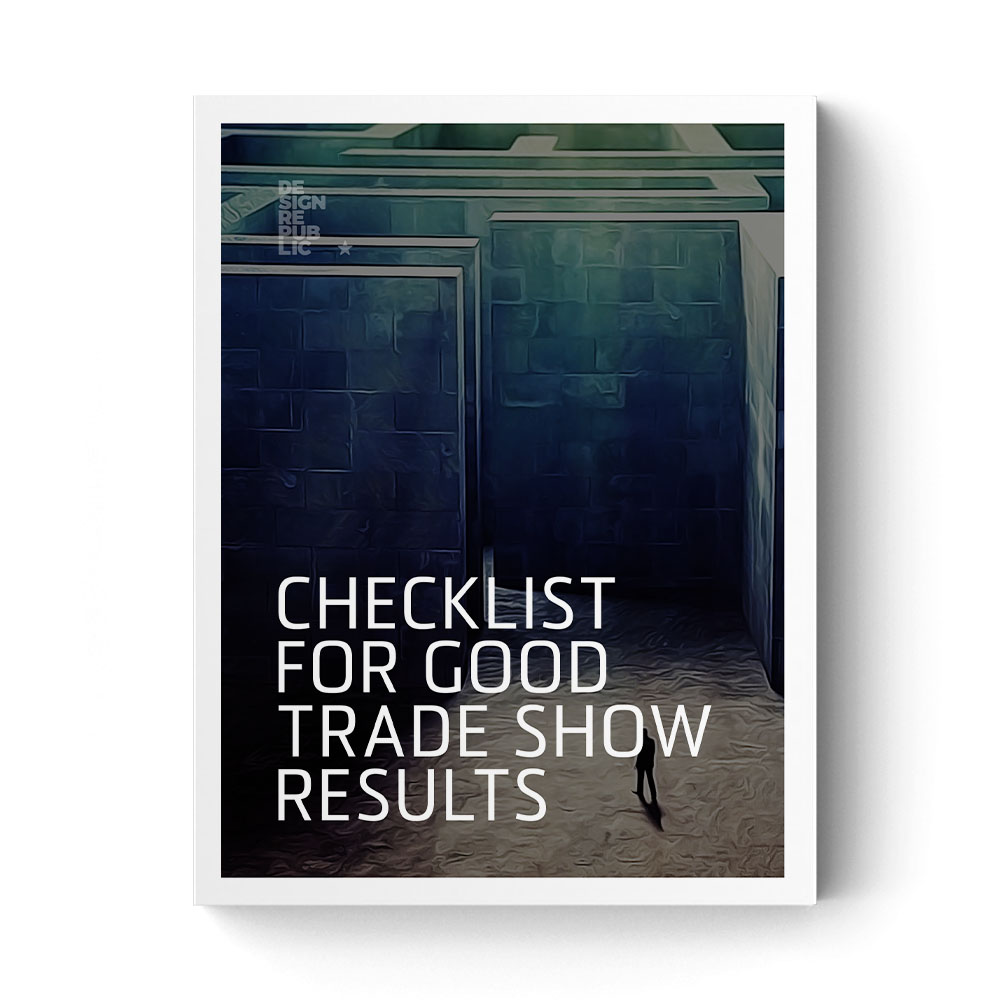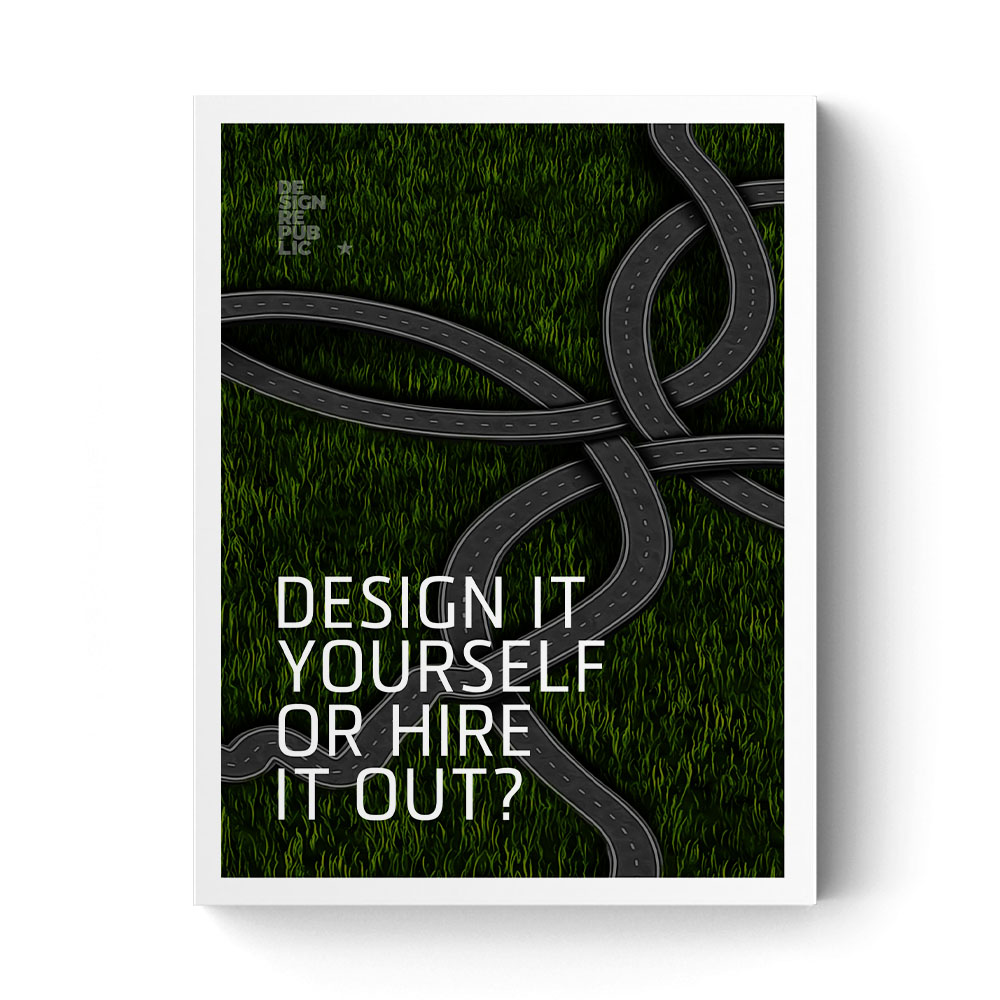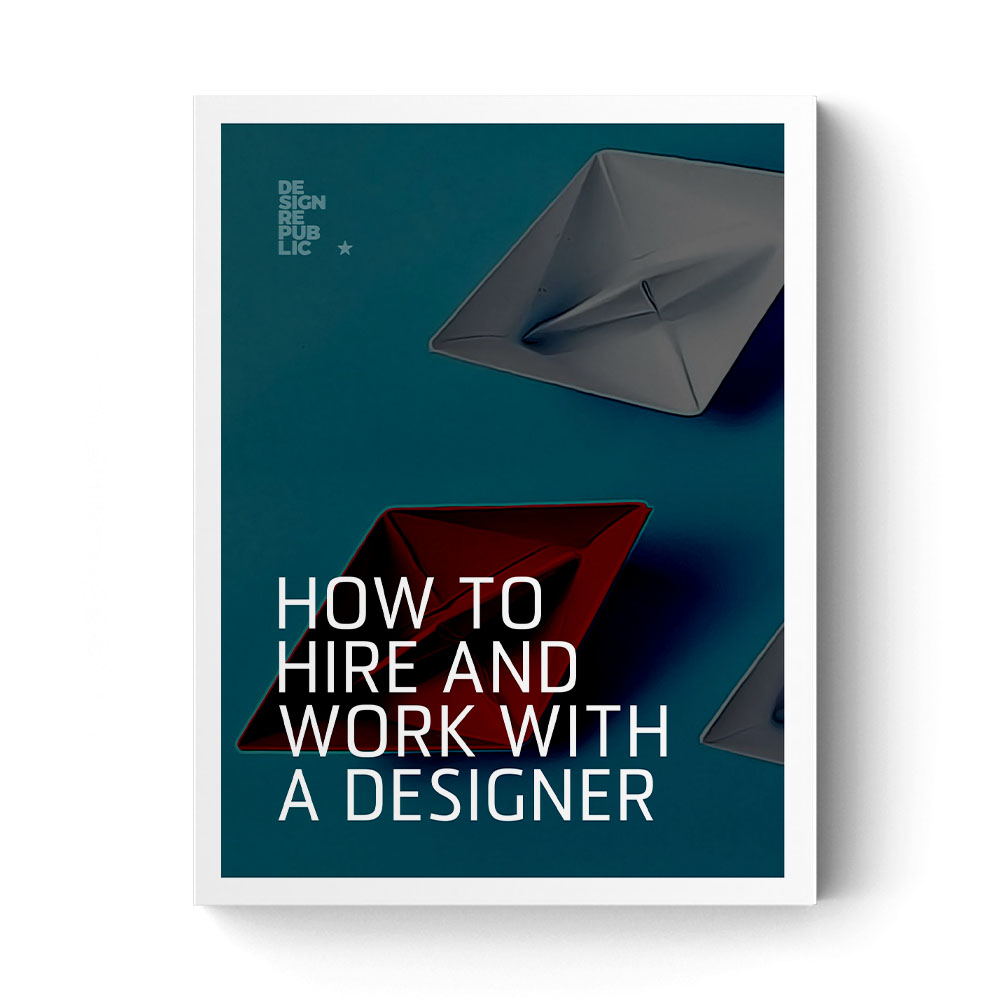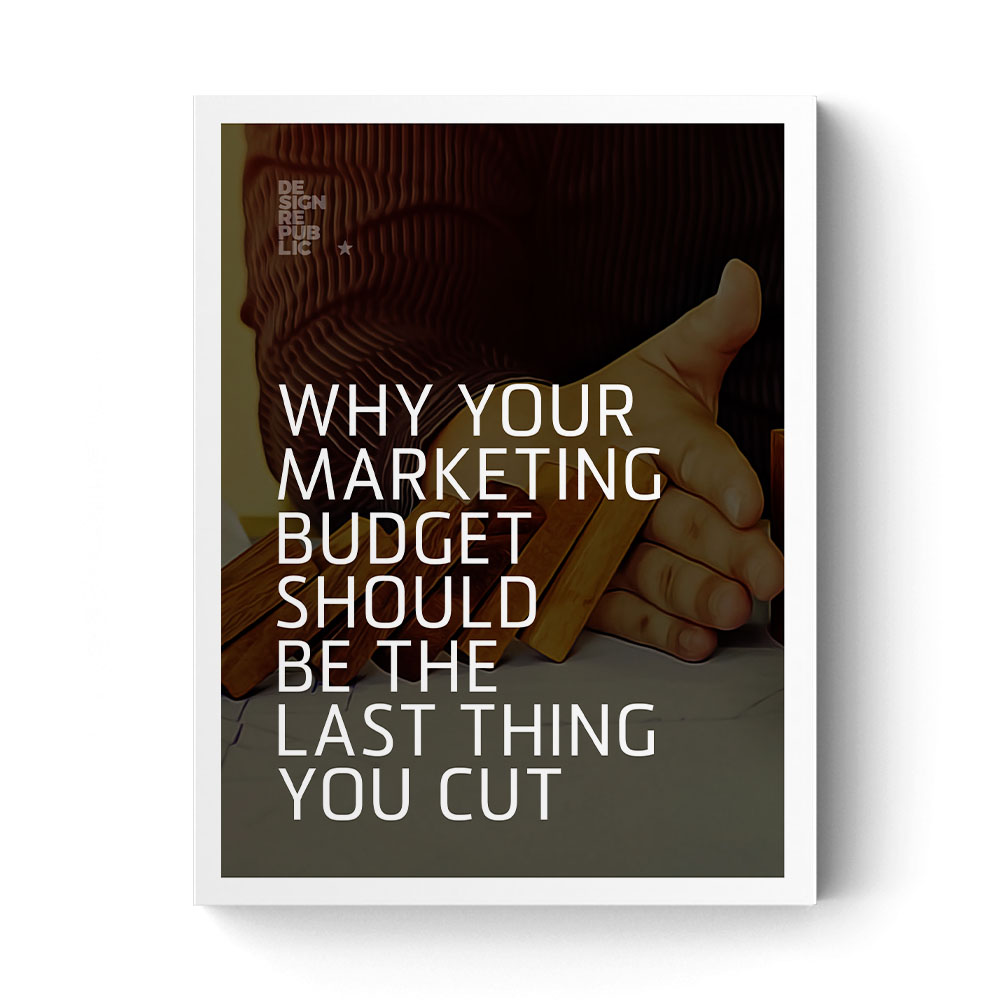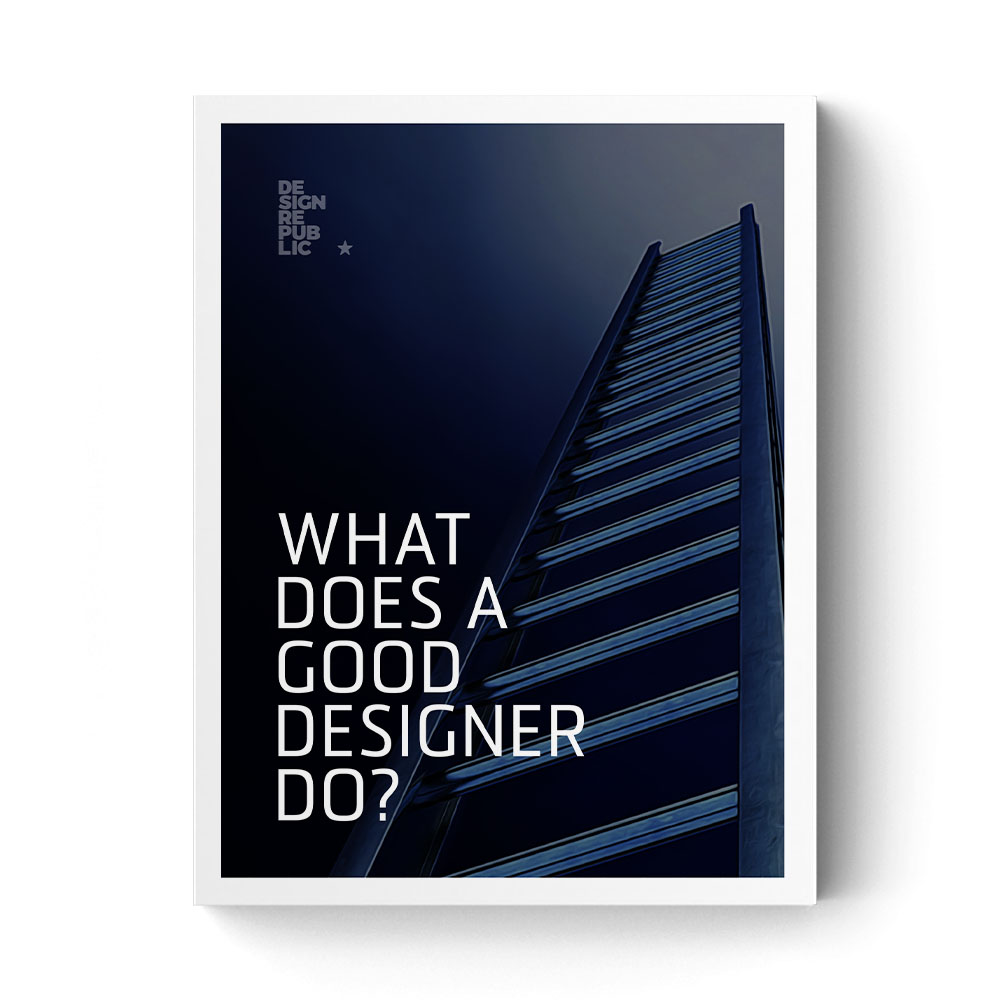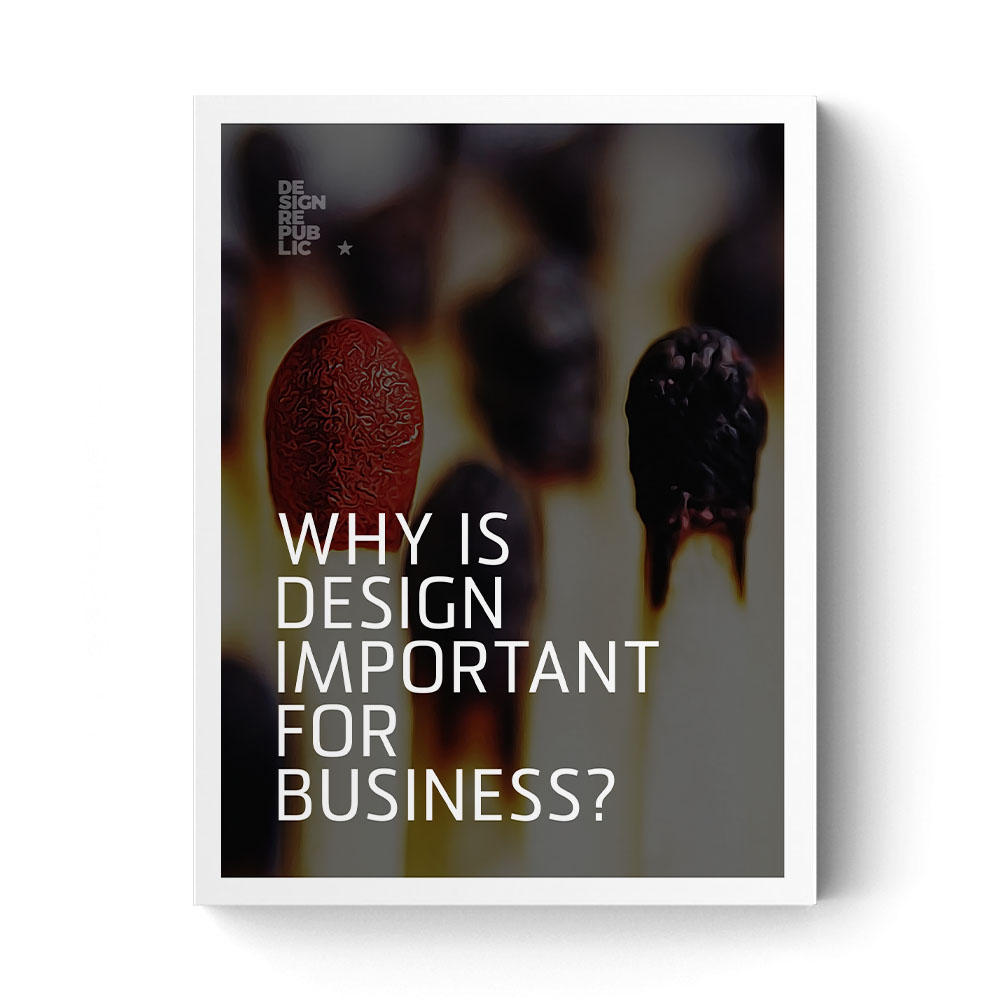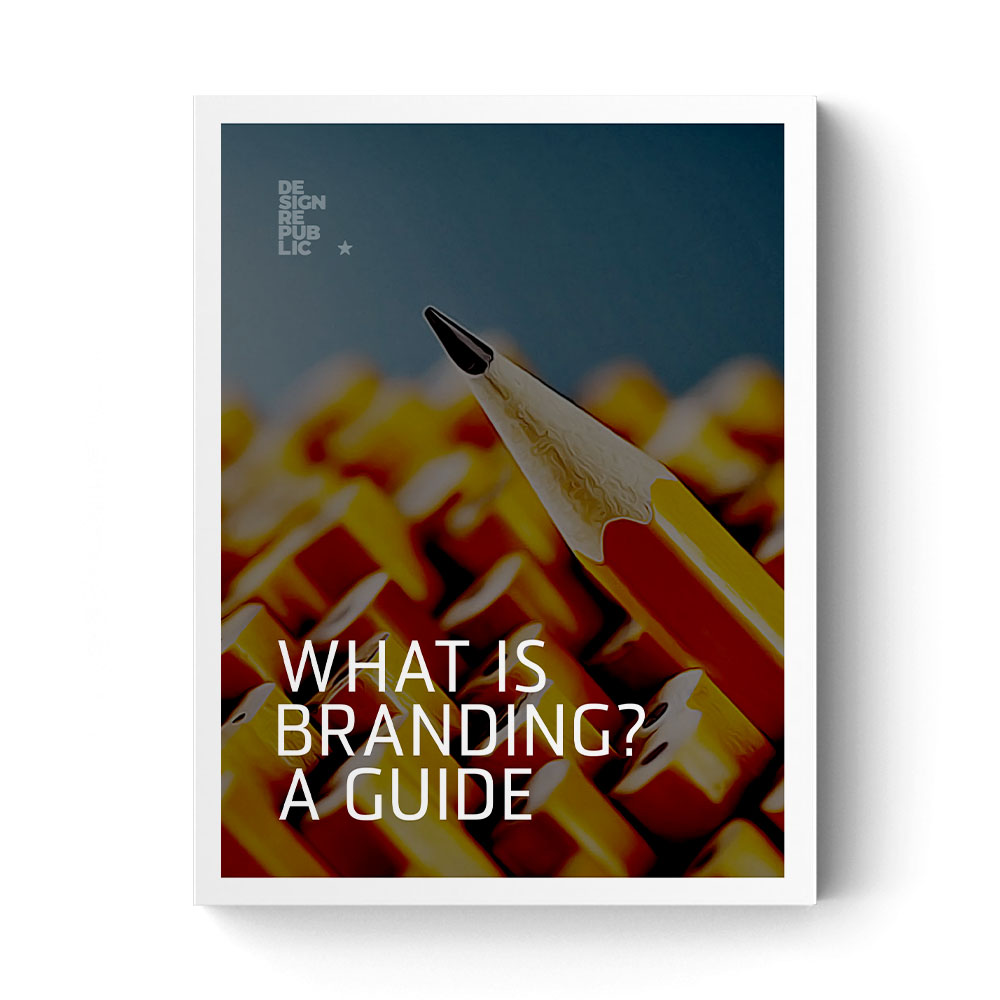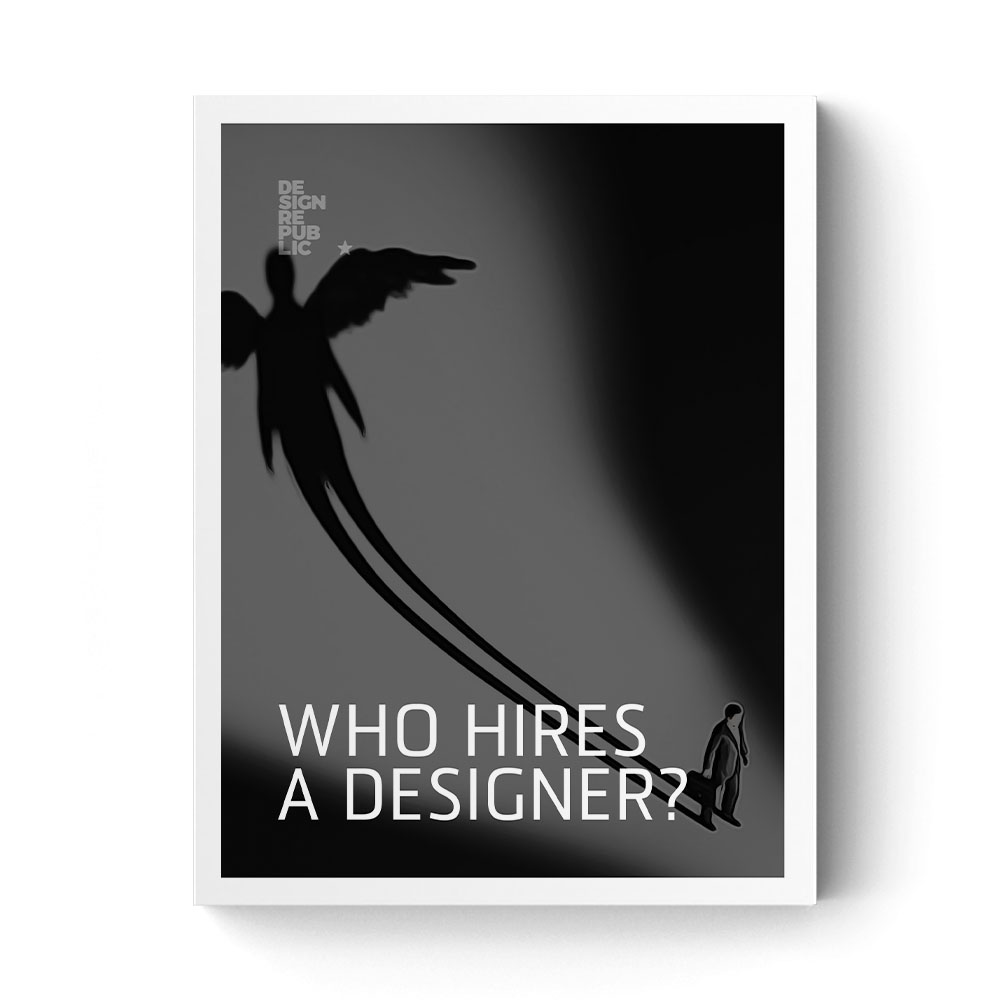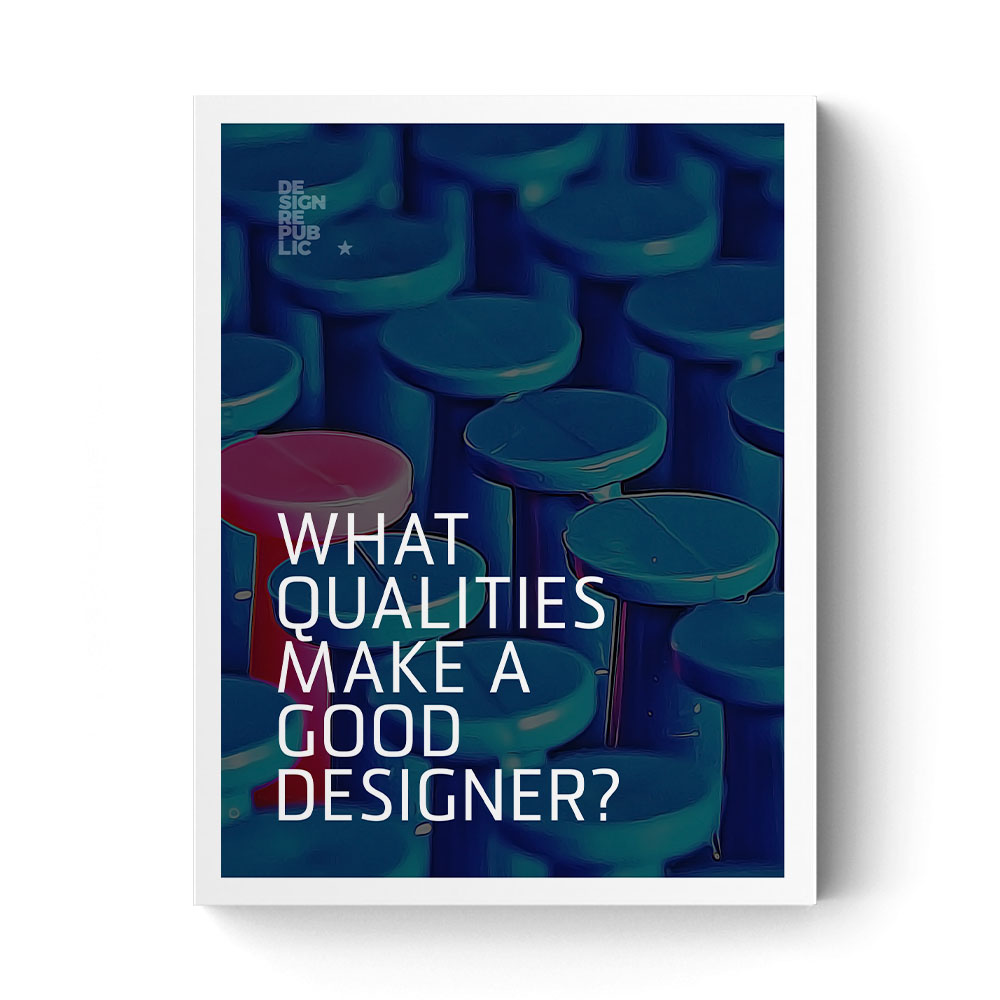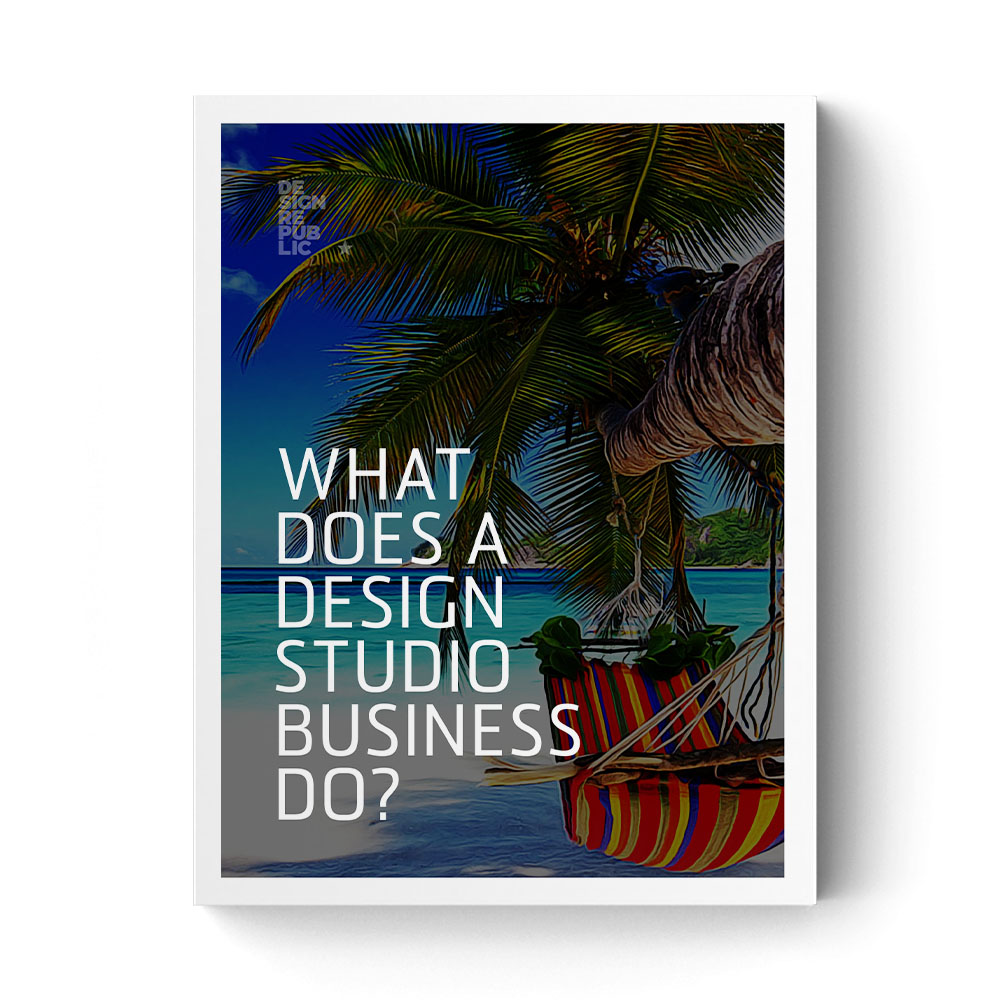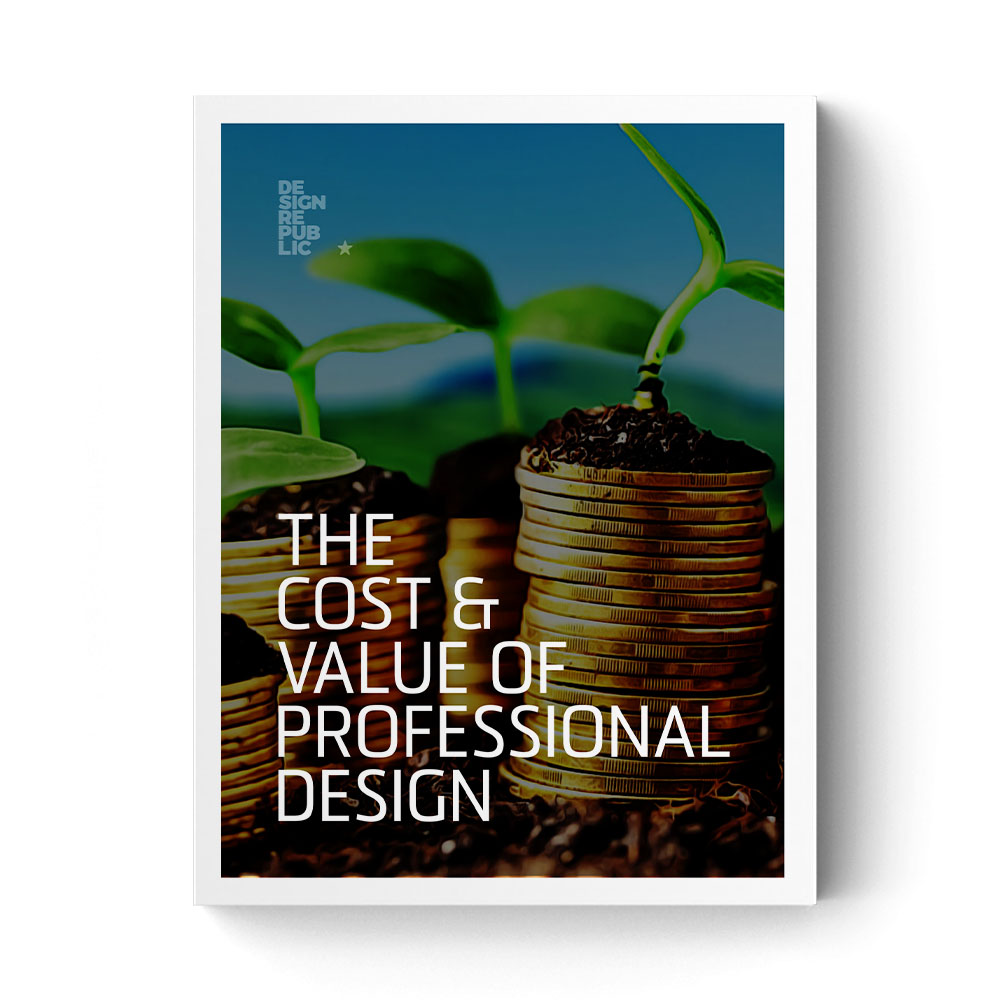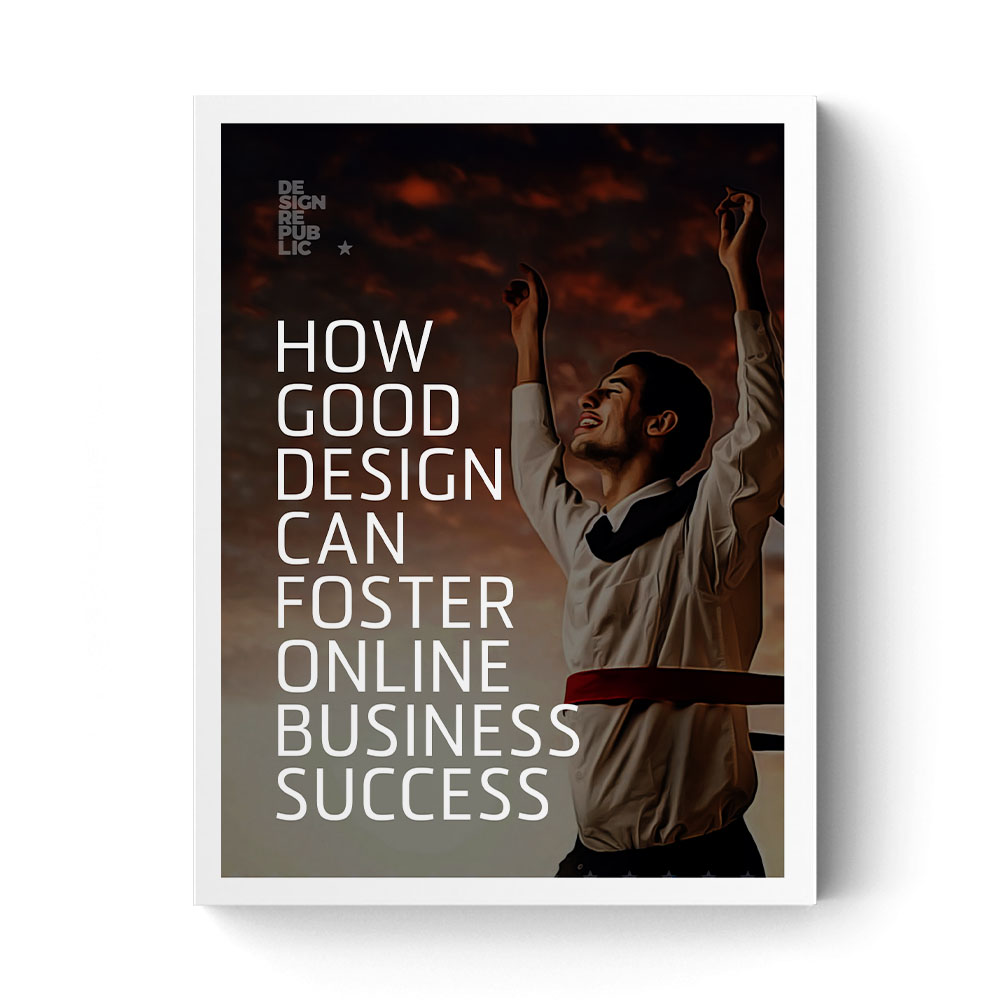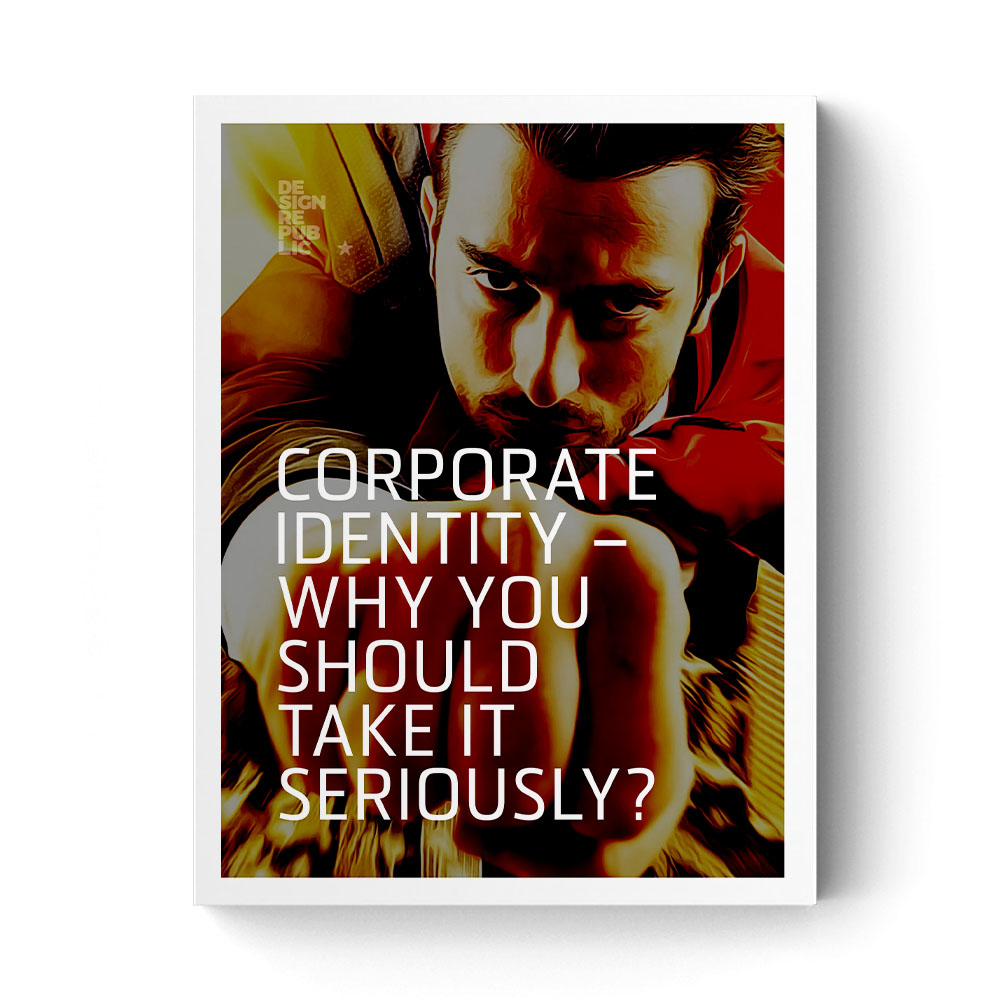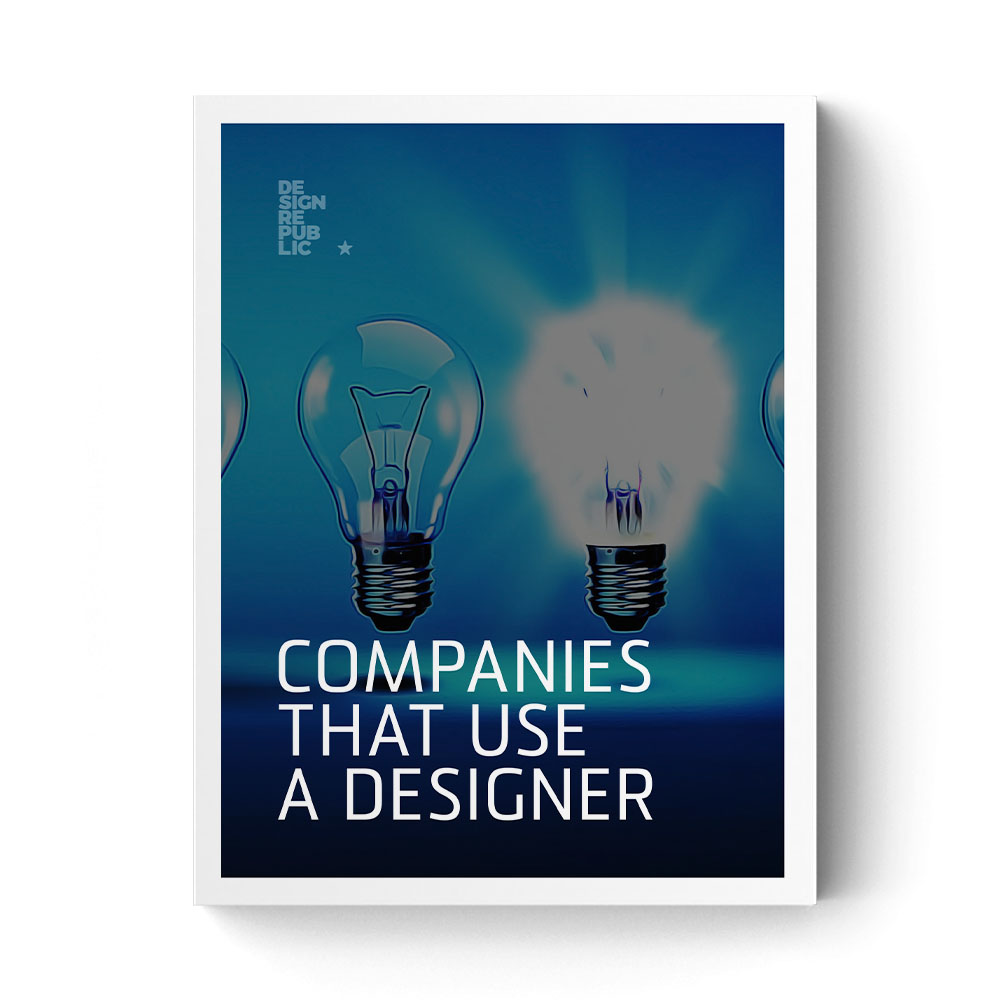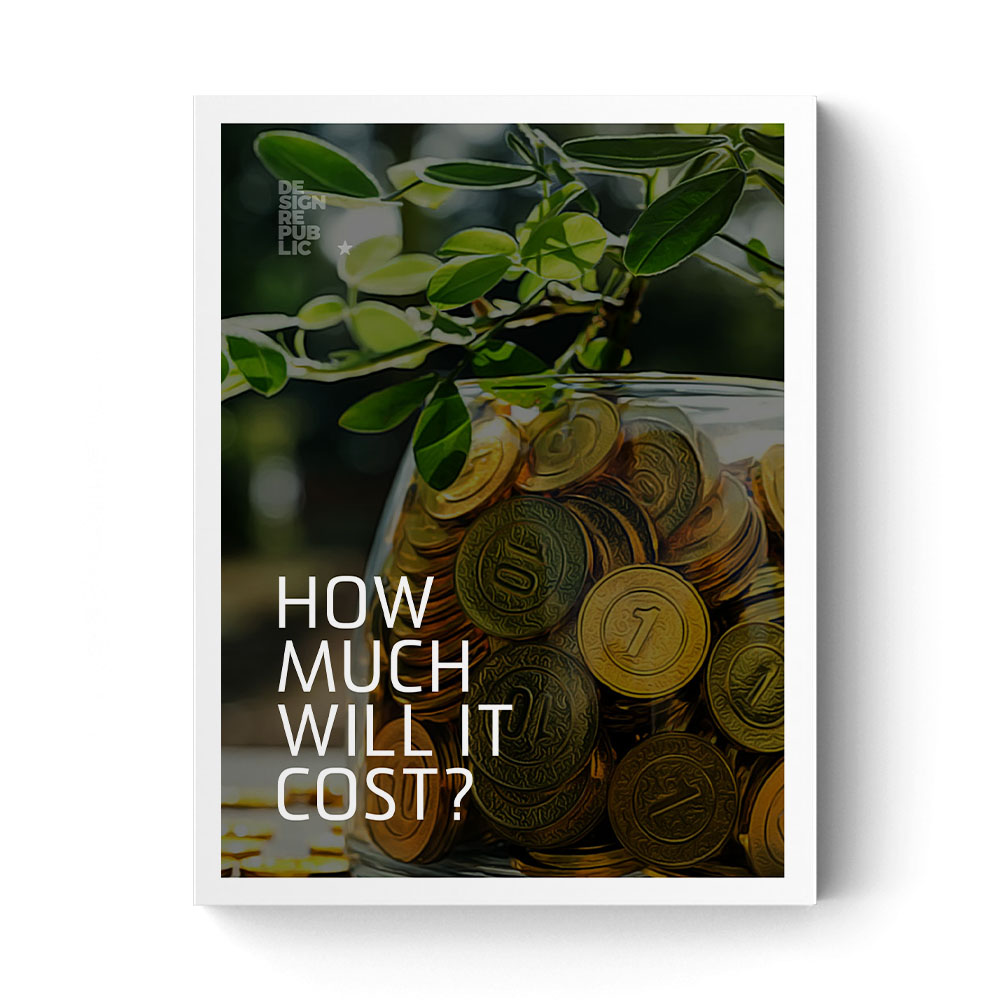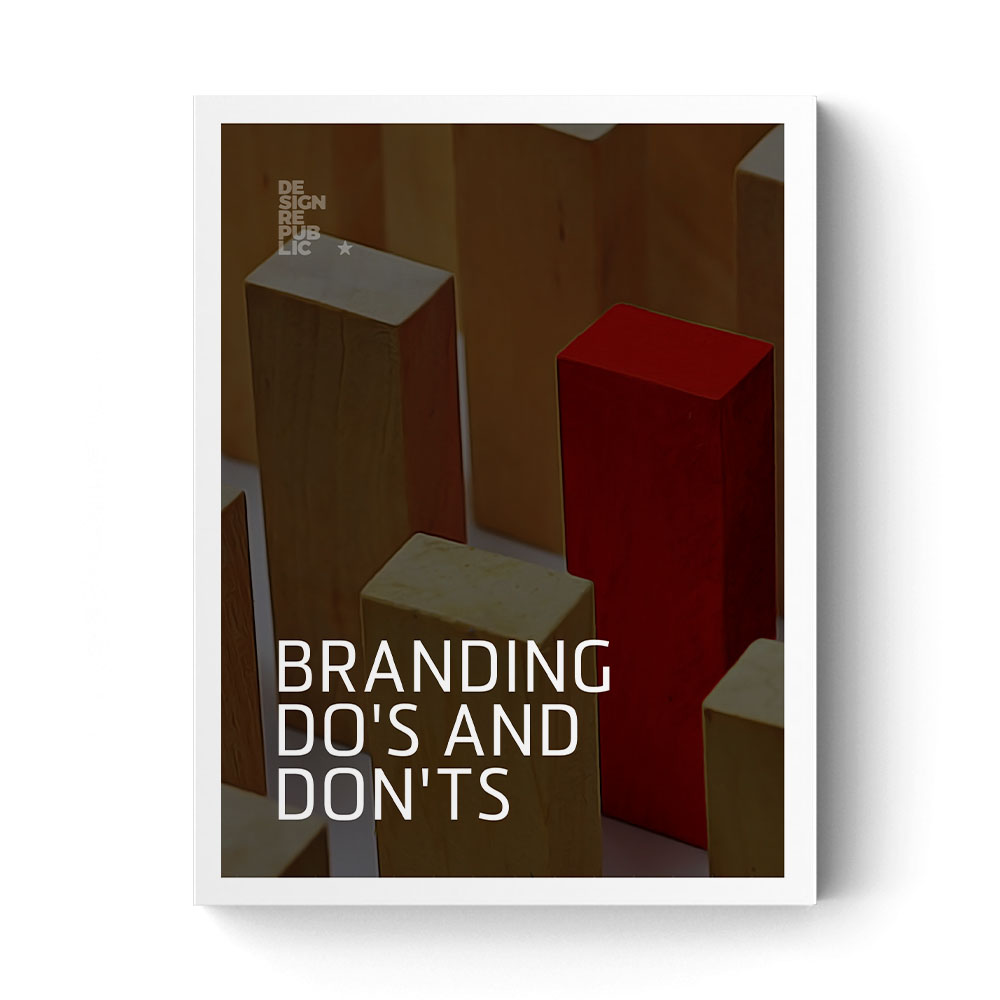of traits
Are you planning a brand update or starting a new company? This article is for professionals who have needs for graphic design services, and have not worked in the creative field or with creatives before. It is a primer to help you avoid hiring the wrong person, making the process excruciating and expensive, and ending up with ineffective creative.
Good One
is Important
Graphic designers are a crucial ingredient for the success of any business. They are professionals who provide a critical service needed by companies of all sizes and at all stages. They give a face to your company. They develop credibility and a personality for your brand. All industries are crowded with competition, and your company’s brand may be what sets you apart and distinguishes your service or product as unique, memorable and desirable.
A seasoned designer will be able to develop effective creative for you in a reasonable amount of time for a fair price. Working with less experienced designers can be tempting for cost savings reasons, and there are good “junior” level designers out there. If you do take this route, be prepared to spend more time managing the process. In some cases, you may actually end up spending more money than you anticipate to make up for the lack of experience. Having work redone or pulling jobs from a printing press because of unforeseen errors can both be costly.
Are you ready
to let go?
Are you ready to let go of some control? Like anything else, you hire a designer for their expertise and their insight. If your car didn’t run, you wouldn’t tell your mechanic how to fix it. Your mechanic knows the best way to make your car go. A good designer will help make your business “go,” and if you are willing to trust in their expertise, they will likely lead your project in a direction that will benefit you. In most cases, your role in the process of working with a designer should be one of information delivery and oversight.
If you, in fact, have a clear and strong understanding of how your brand should be implemented (logos, color pallets, typography, imagery, layout, etc…) then you are better off hiring a production person. You will save money and a headache. But, beware – there really is more to this design stuff than intuition. A designer with years of experience will be able to apply best practices to avoid common mistakes, and they will have valuable insight about how to effectively communicate your brand message. They will also have resources and experience to make the end product happen faster and, in many cases, more cost effectively than a less experienced designer.
A designer should be able to present you with unique and targeted solutions that you would not come up with yourself, and that is where their value is. You have to be open to these new ideas and be able to think conceptually while evaluating them and deciding on the best solution. And remember, effective brands are unique brands. I have had clients tell me “I want to look like this company.” The problem with this approach is that no one is going to listen when you and your competitors speak with the same voice.
the designer
Are you ready to let go of some control? Like anything else, you hire a designer for their expertise and their insight. If your car didn’t run, you wouldn’t tell your mechanic how to fix it. Your mechanic knows the best way to make your car go. A good designer will help make your business “go,” and if you are willing to trust in their expertise, they will likely lead your project in a direction that will benefit you. In most cases, your role in the process of working with a designer should be one of information delivery and oversight.
If you, in fact, have a clear and strong understanding of how your brand should be implemented (logos, color pallets, typography, imagery, layout, etc…) then you are better off hiring a production person. You will save money and a headache. But, beware – there really is more to this design stuff than intuition. A designer with years of experience will be able to apply best practices to avoid common mistakes, and they will have valuable insight about how to effectively communicate your brand message. They will also have resources and experience to make the end product happen faster and, in many cases, more cost effectively than a less experienced designer.
A designer should be able to present you with unique and targeted solutions that you would not come up with yourself, and that is where their value is. You have to be open to these new ideas and be able to think conceptually while evaluating them and deciding on the best solution. And remember, effective brands are unique brands. I have had clients tell me “I want to look like this company.” The problem with this approach is that no one is going to listen when you and your competitors speak with the same voice.
Right Choice
Your budget: This is often one of the key decision making factors when choosing a designer. You will likely see a range of prices and processes in the proposals you receive, but don’t make the mistake of blindly jumping for the lowest bid. The old cliché “you get what you pay for” often holds true when hiring a designer. Remember, when considering your budget, that hiring a designer is an investment, not an expense. Then, ask yourself these questions:
1. Does the designer’s/firm’s portfolio reflect their price? Even the least creative among us get a sense of the quality of work in a designer’s portfolio. That is the power of good design, it resonates with just about anyone on a very instinctual level. And if you don’t get that sense, you should probably keep looking.
2. Who do you want to compete with? This is important. If your goal is to compete on a local level and you don’t have plans for growth into other markets, then you will probably be fine hiring the less experienced freelance designer. Just remember that good creative can be a major factor in your company’s success, and if you are planning on competing on a higher level, even with small to mid-size regional companies, you will likely be better off hiring the professional, even if they charge a little more.
a designer
One commonly overlooked stage of a process by inexperienced designers is also the most crucial. The “research and planning” stage sets the scene for all the work to come, and if it is ignored, you may end up with something that doesn’t meet your company’s needs. Like with a garden, If you don’t prepare your soil correctly, all the work you put into seeding, watering and weeding could still result in a poor harvest. So here is an overview of the 3 general steps you should expect to follow when working with a designer:
1. Research and Planning: Work the Soil
The contract has been signed and you are anxious to get started, to catch a first glimpse of your new brand! This stage is crucial to solidifying your expectations and laying the ground-work for the entire project. If you don’t give your designer clear written objectives and goals for your brand update, don’t be surprised when their “shot in the dark” misses the mark. A professional designer/firm will send you a “client survey” or conduct interviews with you and other key decision makers in your company. They will ask probing questions like “what is the primary message you wish to convey?”, “who is your target audience?”, and “how does your company differentiate itself from competitors?”.
Both the designer and you need to know answers to questions like these before any creative can begin. And be prepared to put some time into defining these key directives. Companies often spend a lot of time answering these questions when they find that different people in their organisation are coming up with completely different answers. Coming to conclusions that everyone can agree on may be difficult, but doing so is paramount to the success of your design campaign, and your company.
At the research and planning stage, it is also important to layout deadlines for the project (if you have not done so in the proposal). The designer should also spend some time getting to know your company, your competitors, and your industry.
2. Creative: Plant the Seeds
OK, now the fun begins. The research and planning stage gave your designer some clear directive for his creative work.
Brainstorming/Concepting: Now your designer will be off somewhere sketching, clipping images, fanning through pantone color books, and applying concepts to computer models. This is the most visceral stage of the creative process. Most clients are not directly involved in this stage. The possibilities all need to be wide open during this process, there should be no road-blocks or discretion over ideas – this only limits the possibilities for final outcome. If you have ideas you want the designer to explore, be sure to present them prior to this stage of the process.
Refinement: The designer will eventually start to see best solutions and further refine them to meet client objectives.
Presentation: OK, NOW you get to glimpse the future and start to shape it. Designers have different ways of doing this. If you are a very conceptual person, they may present you with a variety of pencil sketches and other unfinished models. Others may present a few of their best computerized concepts, showing color and imagery and typography. In the case of a logo, a designer may wish to work in black and white only until you decide on the form, then move on to adding color. Your logo must communicate in black and white. For a web site, it may also be important to show how interactivity will work (such as what happens when a user rolls the mouse over a button etc).
Edits/Reviews: Your proposal should detail how many edits and review cycles there will be. Three rounds of edits is usually enough to finalize a concept. Any more than this, and it is a sign that either something was not decided at the right time, or there is a breakdown in communication. Also remember you have to let go at some point. After multiple rounds of major edits to an original concept, I have witnessed befuddled clients ask “what happened to this project, it was looking so great and now, it’s a mess”. This is a textbook example of too much meddling by the client.
Another thing to remember during this step, if you are responsible for providing content, make sure it is edited and finalised before you give it to your designer. Rounds of edits can be wasted editing text, and it’s no fun finding a grammatical error when a job is on the printing press. Also be sure to compile all necessary feedback into one document. Getting multiple edits from different sources within your organization will result in confusion for the designer and ultimately add time to the editing process.
3. Production: Cultivate
So now you have “signed-off” the final version. All final proofreading is complete, folding dummies and paper stocks are secured. Most designers will and should manage the printing process and/or development process of a web site. Designers are detail oriented and they see things at press checks and during web template testing that you may not. Still, you should be involved. Just be sure you know that changing your mind during this stage of the process means a lot of backtracking and additional costs.
KNOWLEDGE
